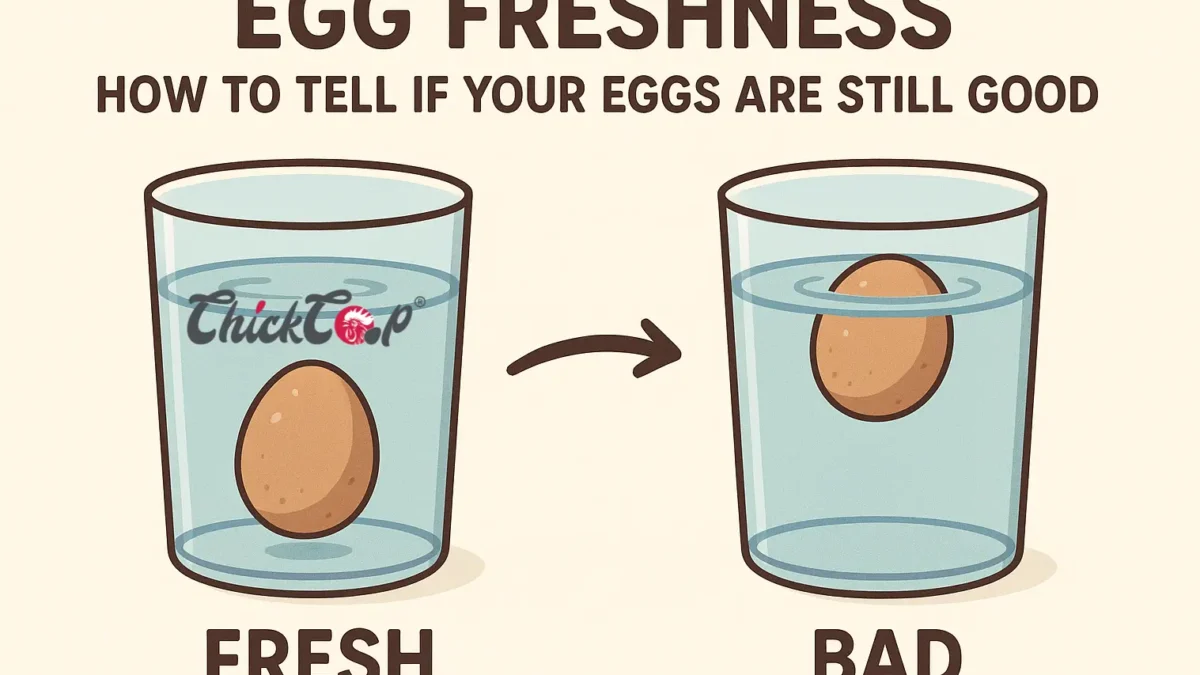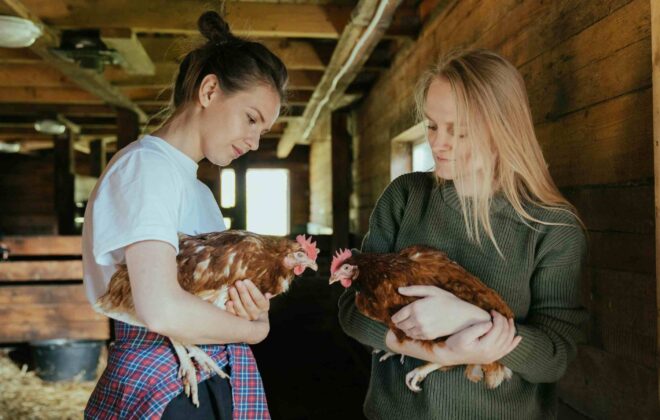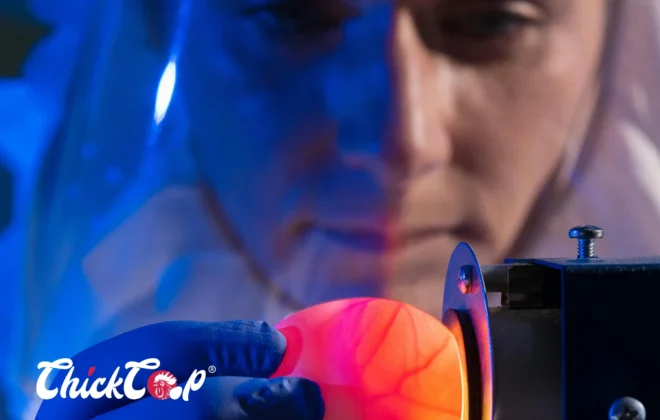
How to know if your Eggs are Fresh?
If you raise chickens on your homestead, you’ve likely found yourself holding an egg and wondering: Just how fresh is this one? Whether you’re selling, storing, or eating your flock’s bounty, egg freshness is one of the most important factors to ensure quality and safety. Fortunately, there are simple and effective techniques to help you check an egg’s age and condition before it reaches your frying pan.
In this post, we’ll walk you through the key methods to test egg freshness, tips to prevent spoilage, and even an introduction to egg grading standards. By the end, you’ll not only feel more confident handling eggs but also know what to look for to guarantee you’re getting the best from your flock.
Simple Ways to Test Egg Freshness
1. Candling
Candling is a method farmers and poultry keepers have used for generations. All you need is a small flashlight or candling lamp. Hold the egg up to the light in a dark room, and you’ll be able to see the air cell, yolk, and overall condition inside the shell.
- Fresh eggs: Small air cell, yolk centered, and contents move very little.
- Older eggs: Larger air cell, yolk more mobile, and whites less firm.
This technique is also useful for checking fertilized eggs if you have roosters around.
2. The Float Test

Another tried-and-true method is the float test. Fill a bowl with plain water and gently place the egg inside:
- Fresh egg: Sinks to the bottom and lies flat on its side.
- One-week-old egg: Sinks but starts to tilt slightly.
- Two-to-three-week-old egg: Stands upright at the bottom with the larger end pointing upward.
- Old egg: Floats to the surface, showing the air cell has grown significantly.
While a floating egg isn’t always unsafe, it’s usually best to crack it open and inspect it further before use.
3. The Crack and Sniff Test
Sometimes, nothing beats using your senses. Crack the egg into a separate bowl before cooking:
- Fresh egg: Thick, cloudy white that holds the yolk up firmly.
- Older egg: Watery white that spreads easily, with a flatter yolk.
- Spoiled egg: Strong sulfur-like odor or unusual color inside.
Always trust your nose—if it smells off, toss it.
What Happens as Eggs Age?
Eggs naturally lose carbon dioxide over time, which makes the egg white thinner and the yolk weaker. That’s why a farm-fresh egg holds together so beautifully when fried, while older eggs tend to spread out in the pan.
For baking, slightly older eggs (about a week old) can actually be useful because they whip up better for recipes like meringues. But for poached eggs or sunny-side-up, fresher is always better.
Watch Out for Freezing in Winter
If you live in colder climates, winter poses another challenge: eggs freezing in the nest box. When eggs freeze, the liquid inside expands and puts pressure on the shell until it cracks. Once cracked, the egg is no longer safe to eat and should be discarded.
To prevent waste, collect eggs several times a day during cold spells. Providing insulated nest boxes or using a small heat source in the coop can also help.
What Is Egg Grading?
If you’ve bought eggs from the store, you’ve likely noticed the labels Grade AA, A, or B. These grades, set by the U.S. Department of Agriculture (USDA), help classify eggs based on quality:
- Grade AA:
The very freshest eggs with a firm yolk and thick white. Perfect for frying and poaching.
- Grade A:
Still excellent quality with only slightly less firmness. These are the most common in grocery stores.
- Grade B:
Eggs with thinner whites and flatter yolks. They’re often used in liquid egg products or baking.
For backyard keepers, these categories are a great reference point when selling or gifting your flock’s eggs. Even if you don’t officially grade them, knowing how they measure up can build confidence with your buyers.
Why Freshness Matters for Your Flock and Family
- Taste: Fresh eggs simply taste better and have a richer texture.
- Nutrition: Fresher eggs hold on to more nutrients compared to older ones.
- Safety: Identifying spoiled eggs reduces the risk of foodborne illness.
When you understand egg freshness, you’re not just protecting your own health—you’re also adding value if you sell eggs to your community. Customers will trust your farm more when you can confidently explain how you keep eggs safe and fresh.
Final Thoughts
Egg freshness is about more than just cracking an egg and hoping for the best. By practicing candling, float testing, and careful observation, you can easily gauge the quality of your flock’s eggs. Collect them frequently, especially in winter, and learn how to spot signs of spoilage early.
At ChickCoop®, we help poultry keepers like you improve flock management with practical tips and expert guidance. Whether you’re raising a small backyard flock or running a larger homestead operation, knowing how to test egg freshness is a vital part of producing healthy, market-ready eggs.
At ChickCoop®, we’re more than just a Chicken Company, writing interesting blogs about them– we’re your trusted partner in building a modernized, sustainable and profitable farm. From breed selection to buy-back support, feed guidance, and modern farm management tips, we ensure farmers like you achieve the best results and profits.
Call us today to discuss your farming needs
📧 Email us at: write@chickcoop.in
📞 Call us: +91-9939209699
Got questions about egg care, flock health, or poultry management? Give us a call today! We’d love to help you keep your chickens thriving and your eggs farm-fresh.


